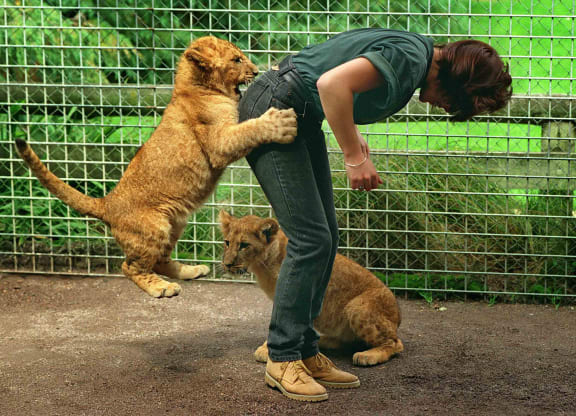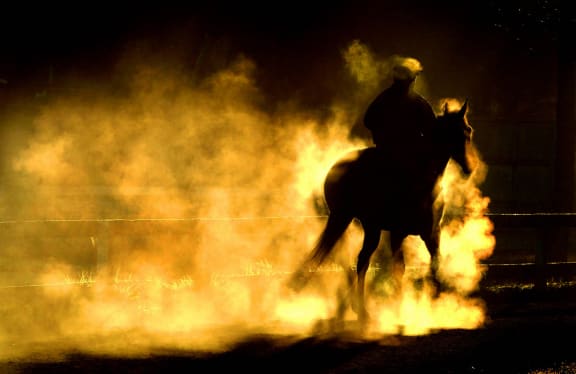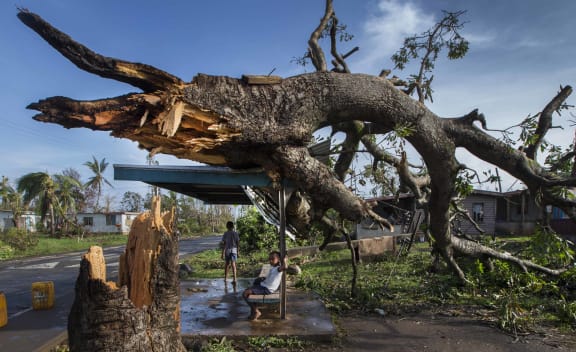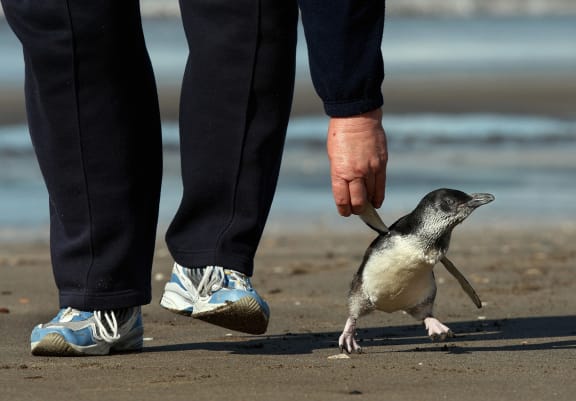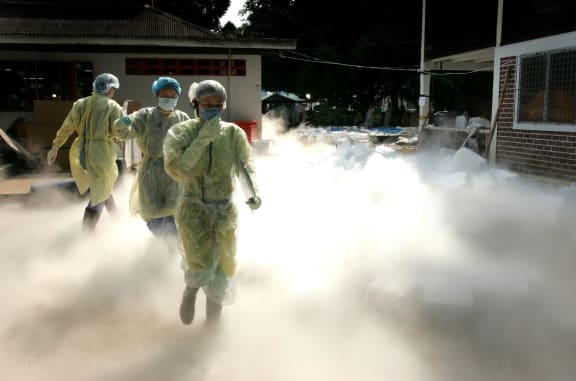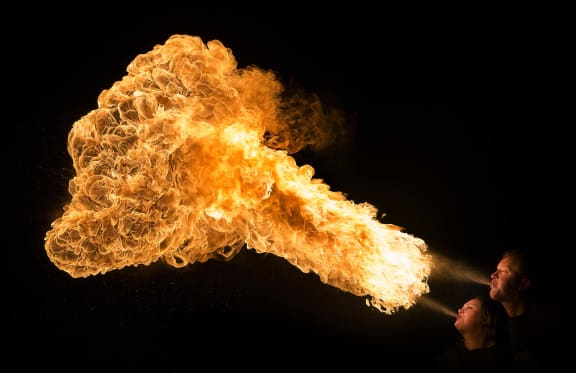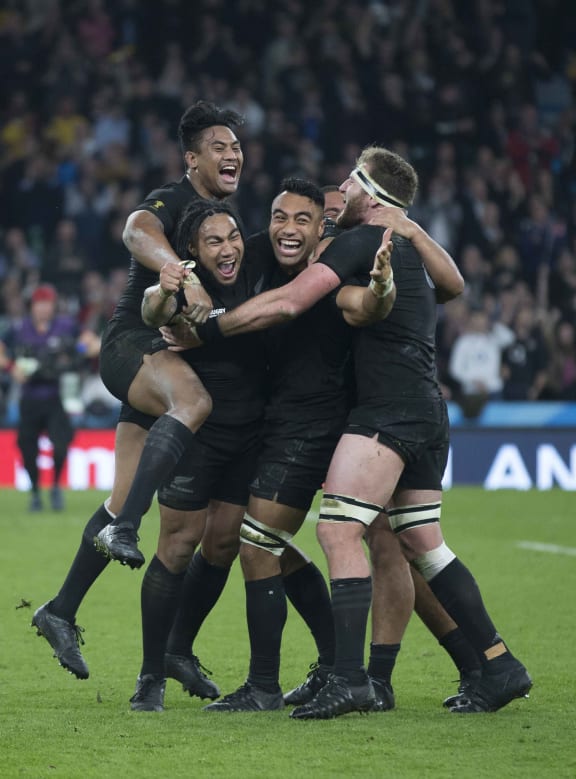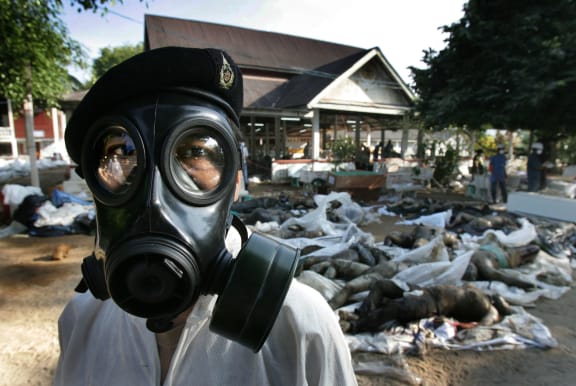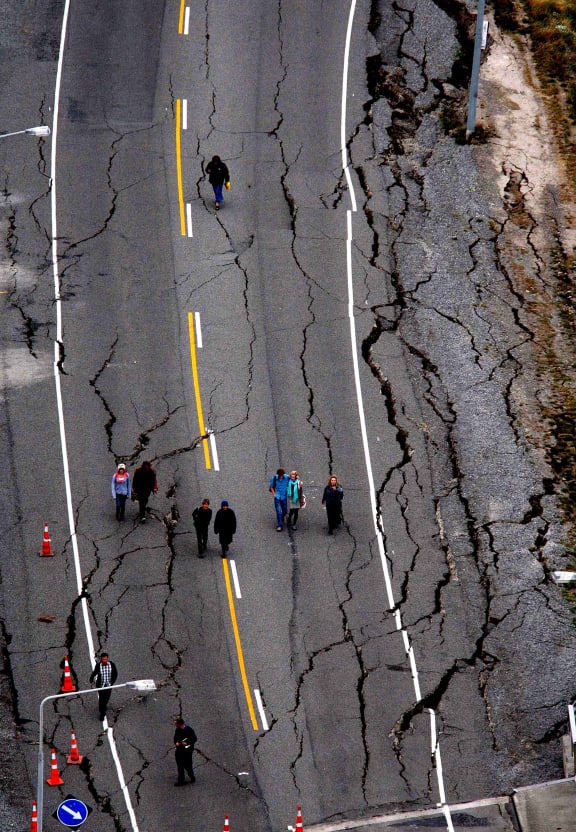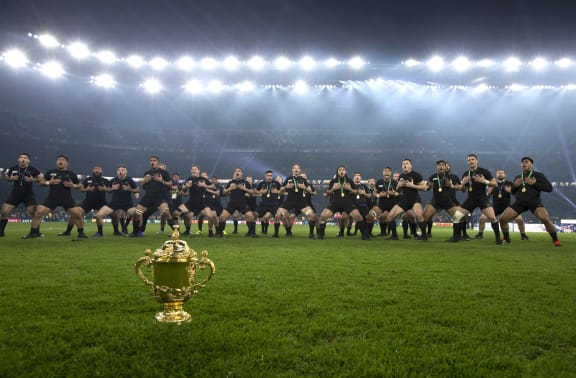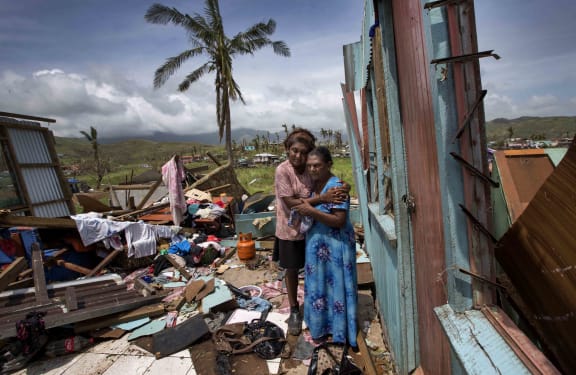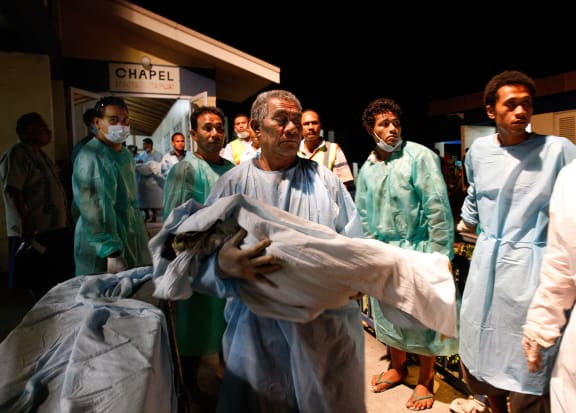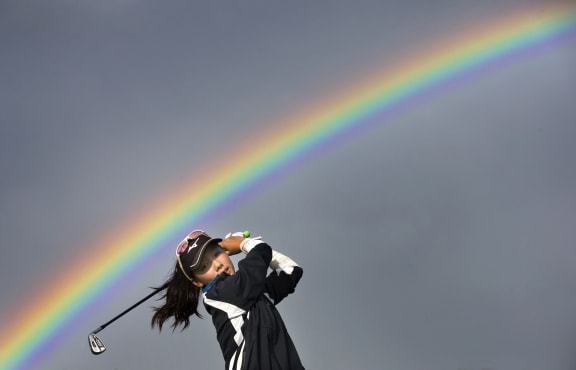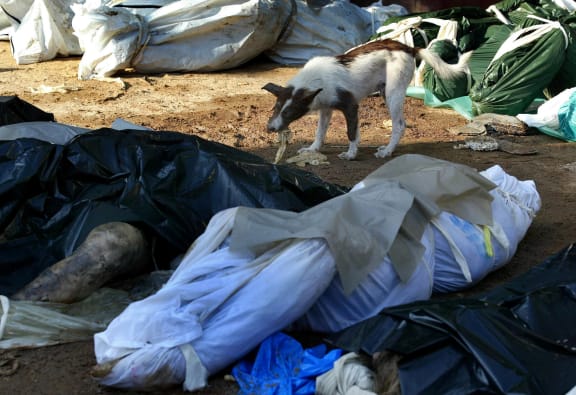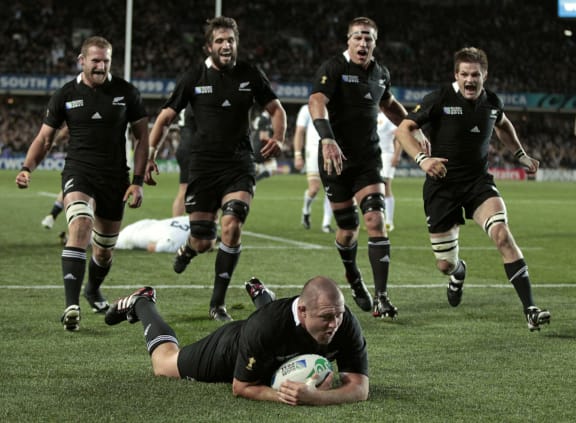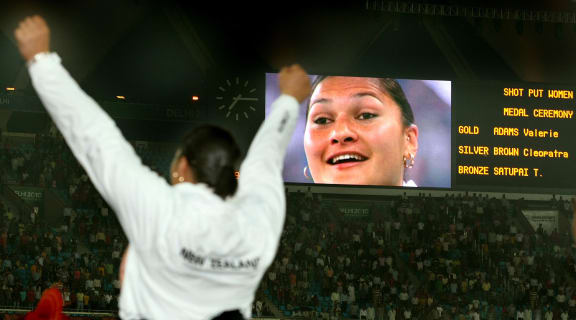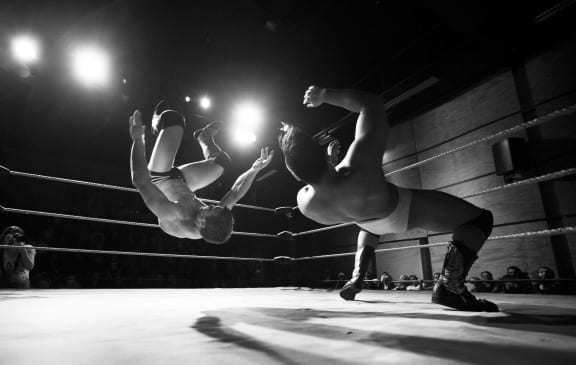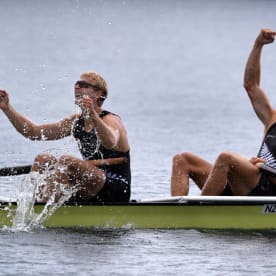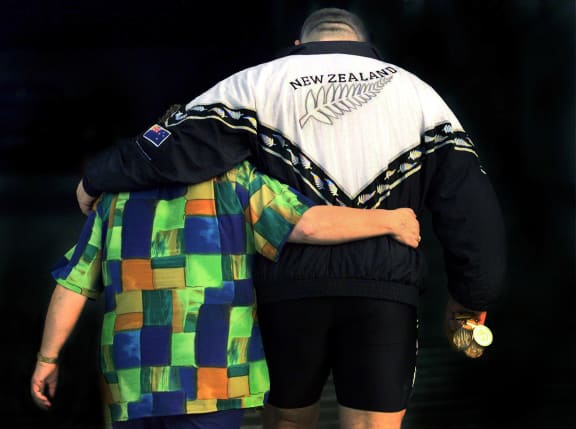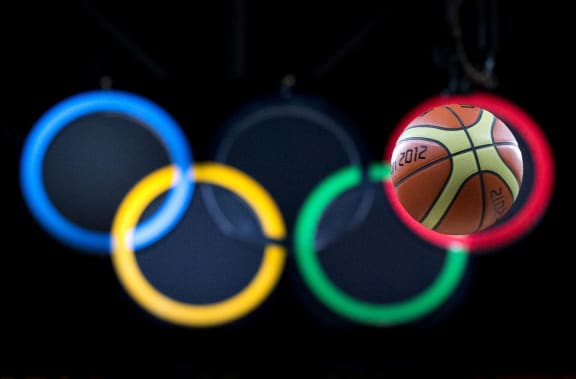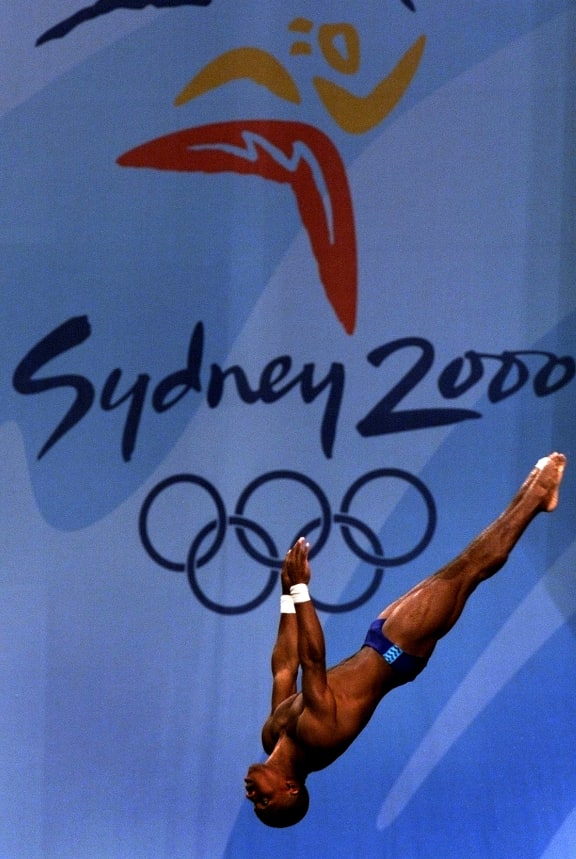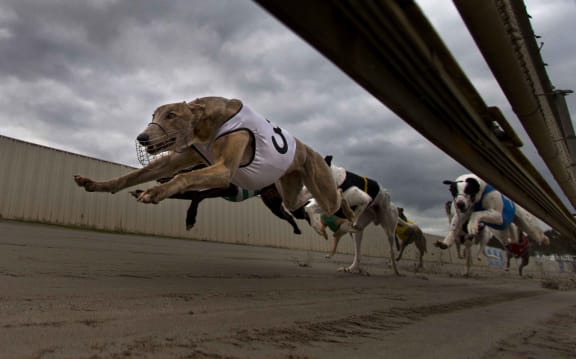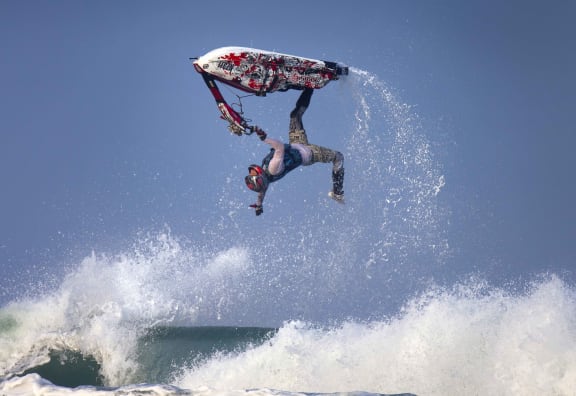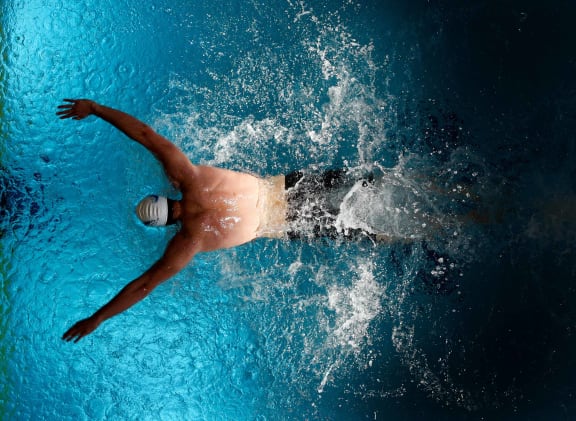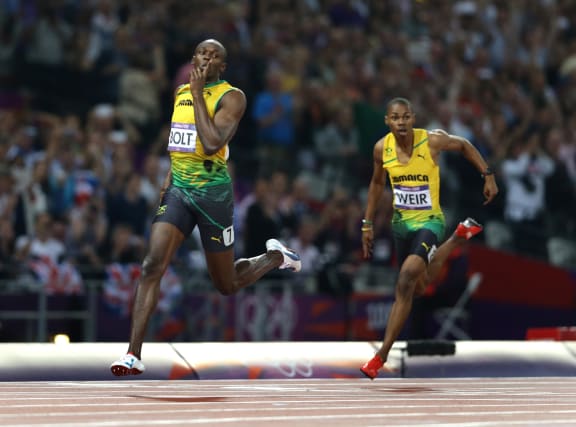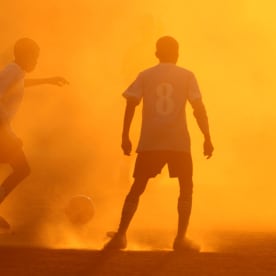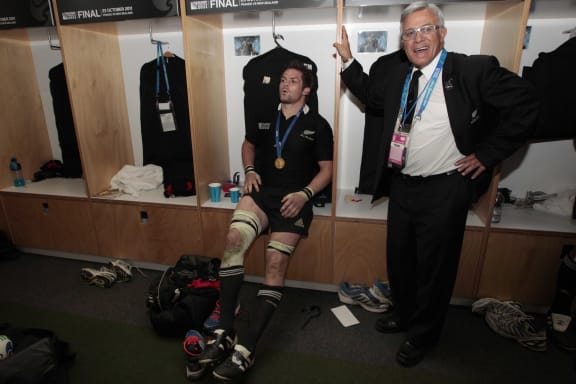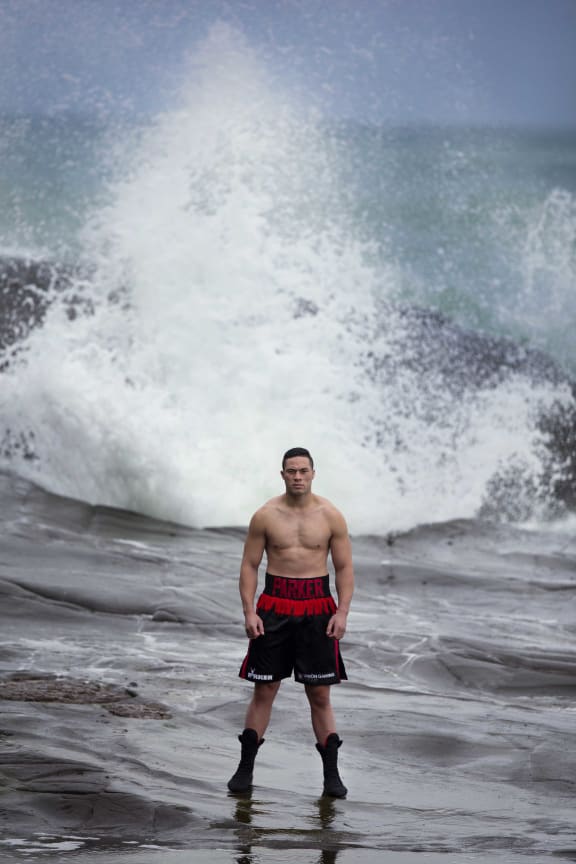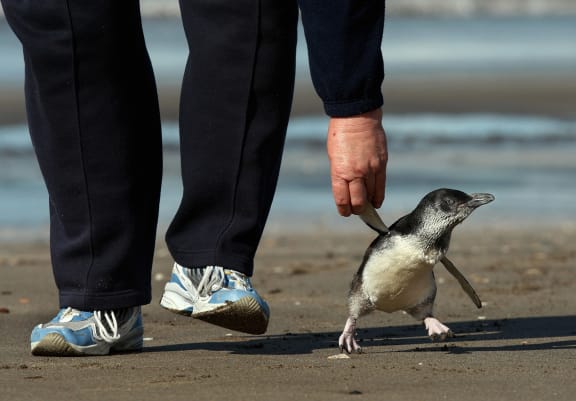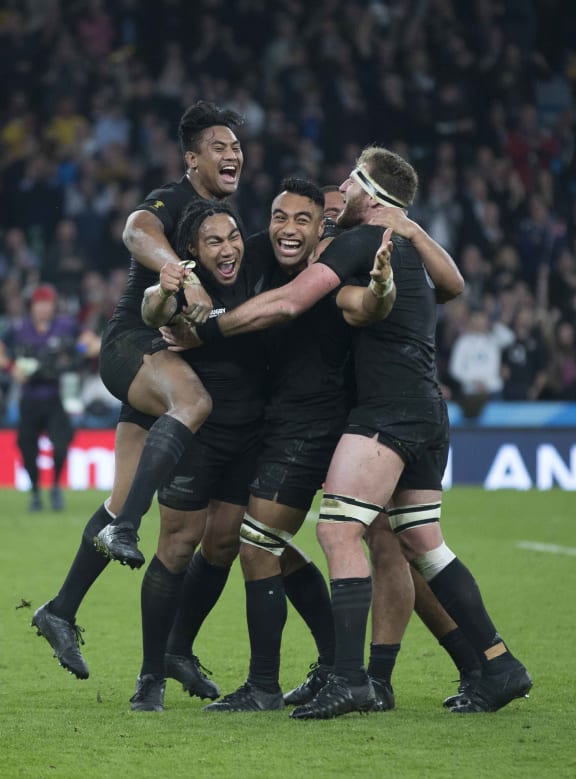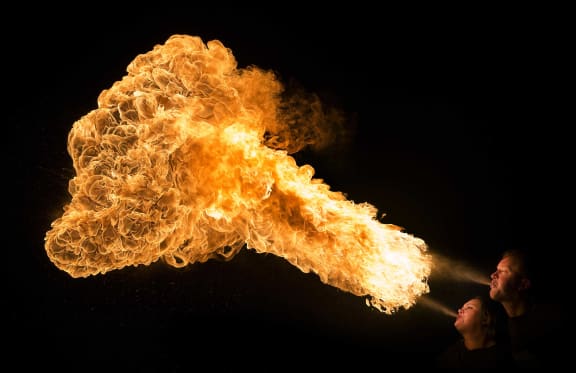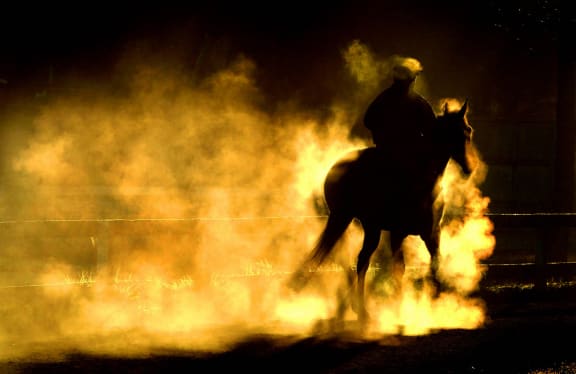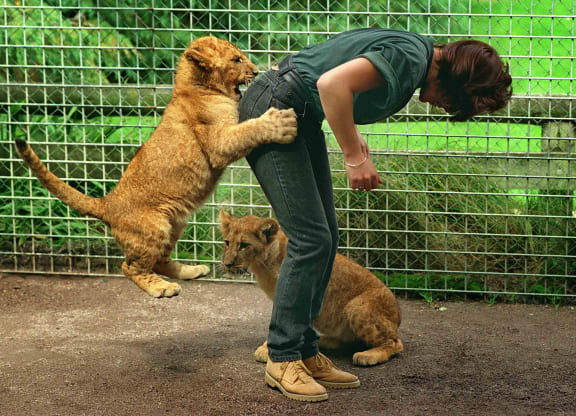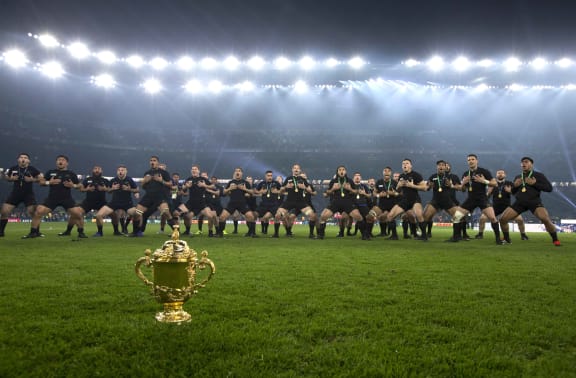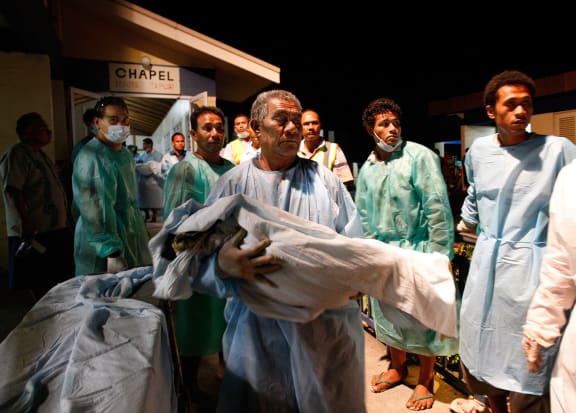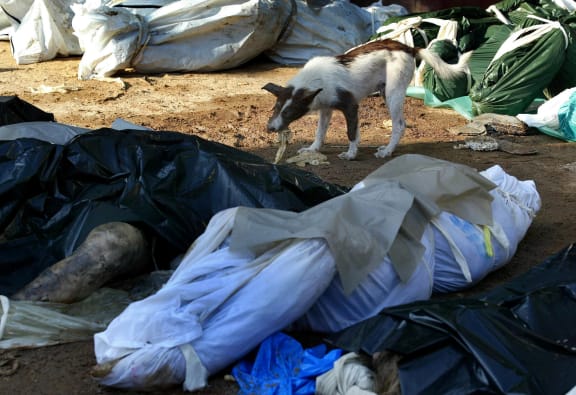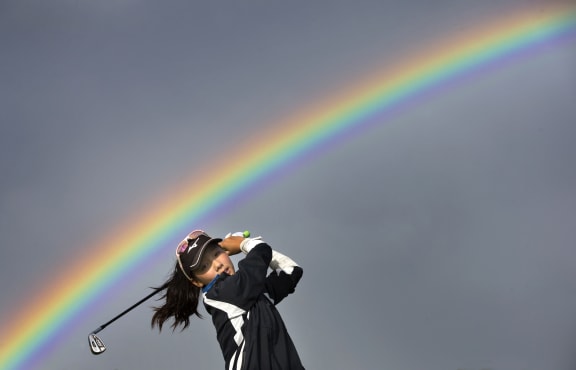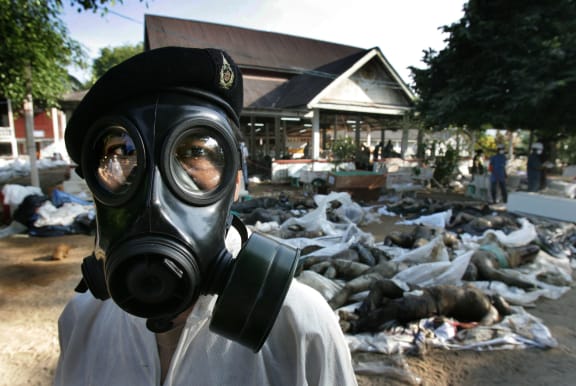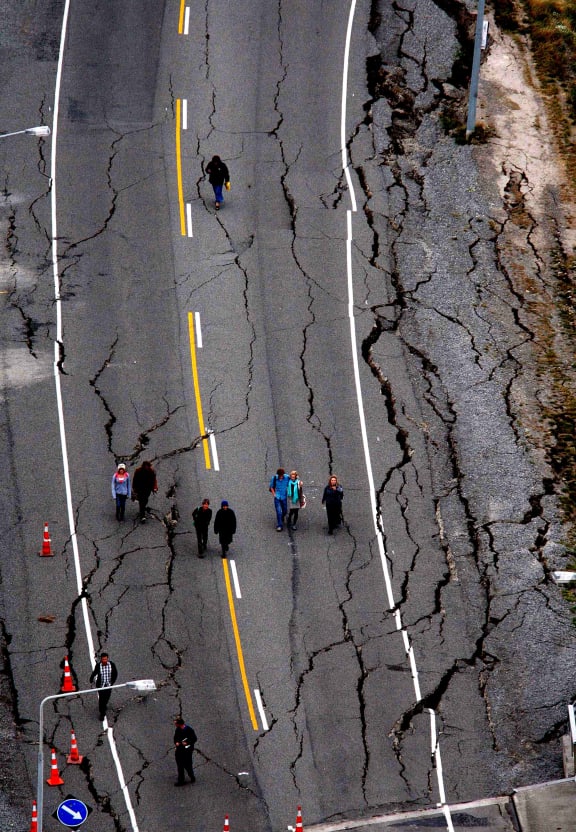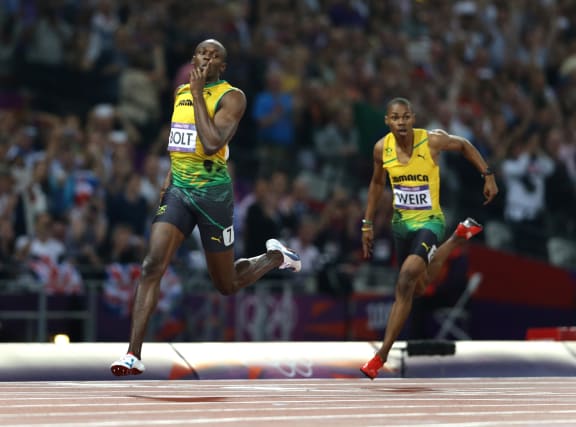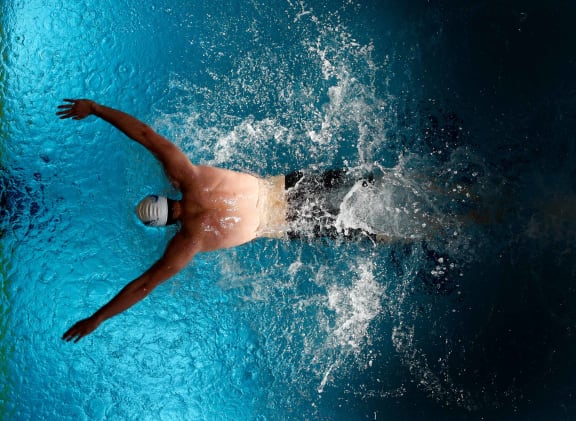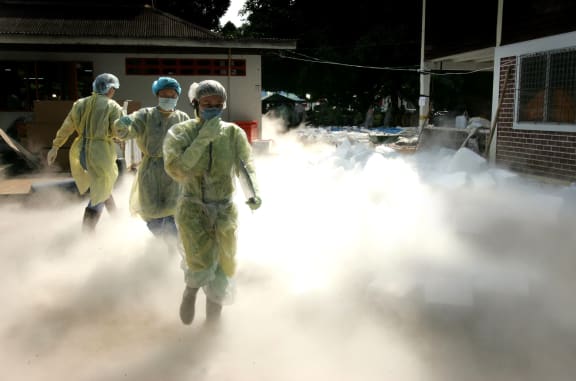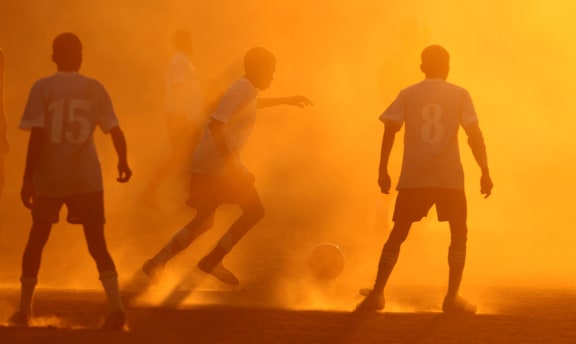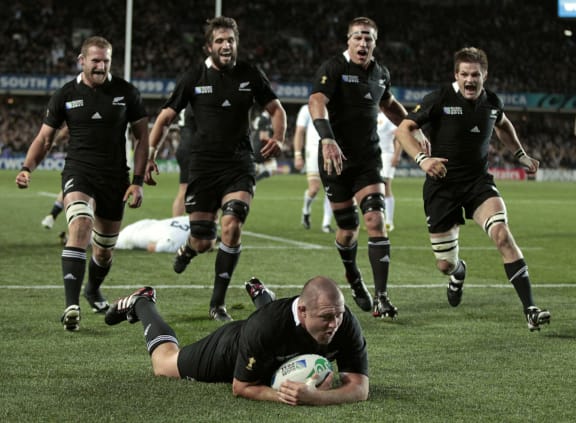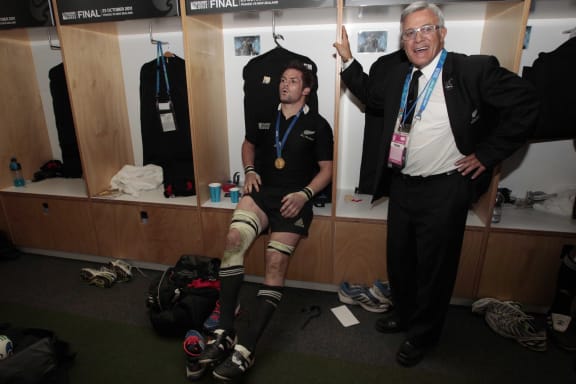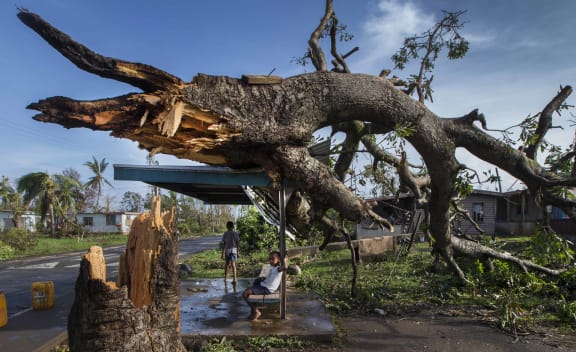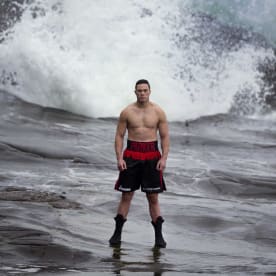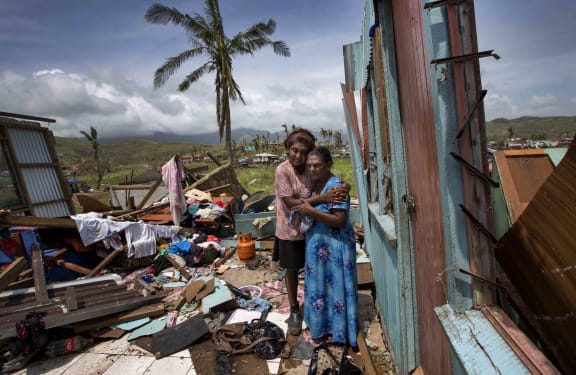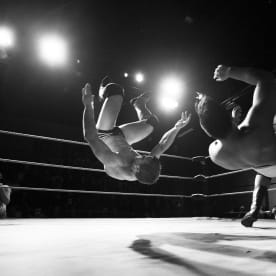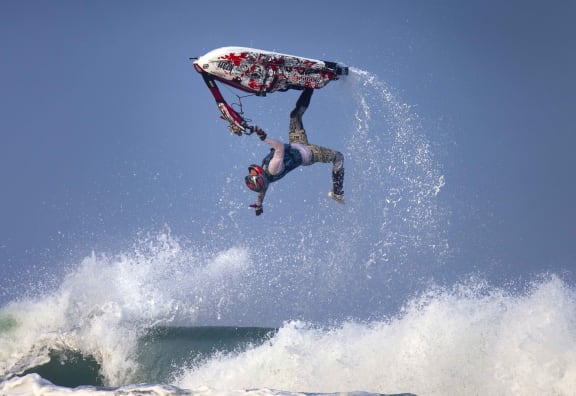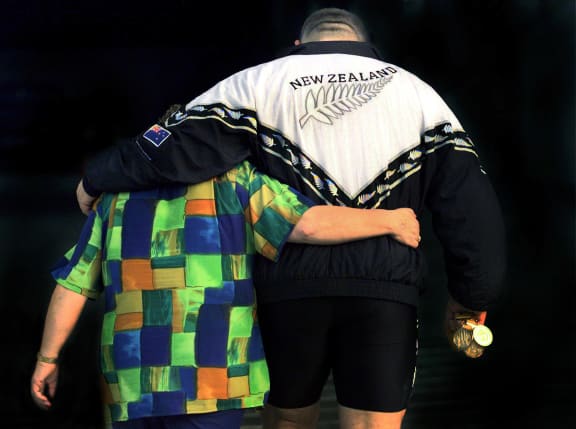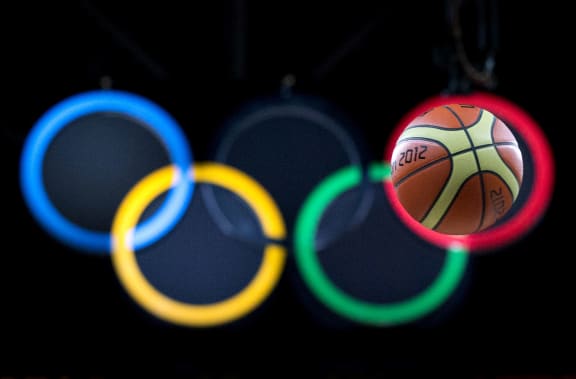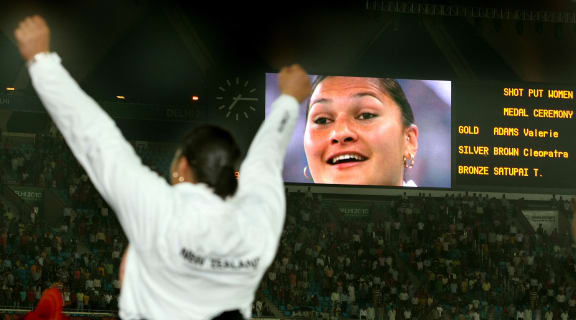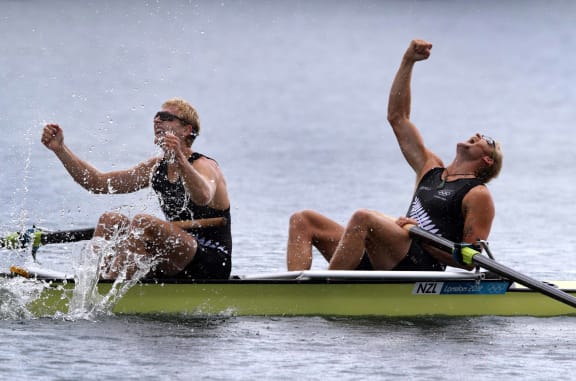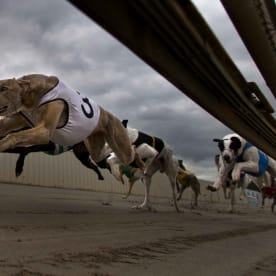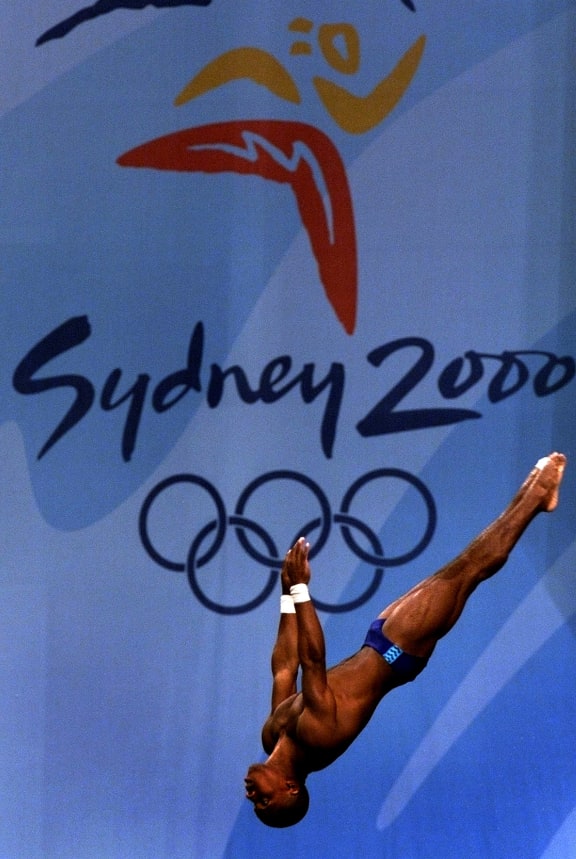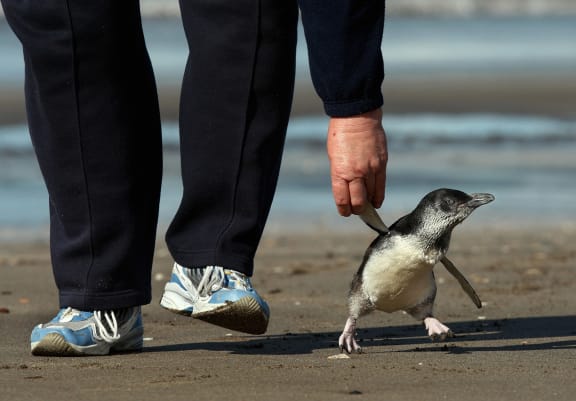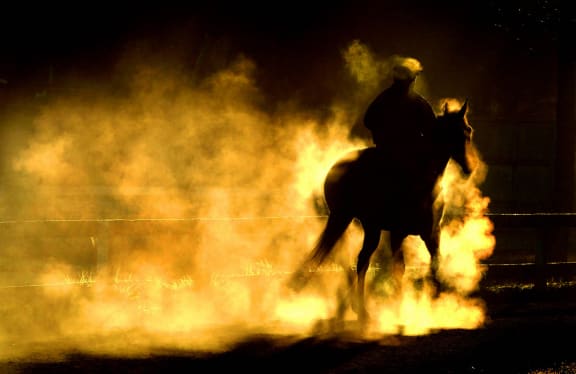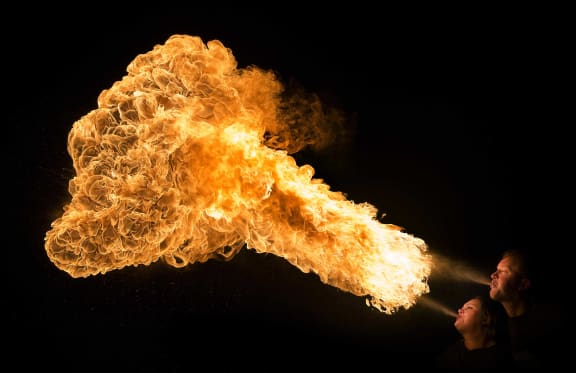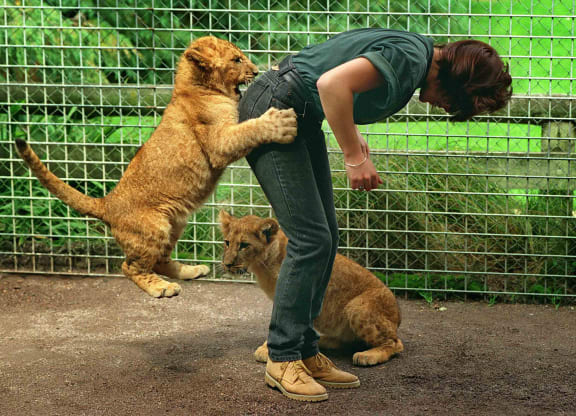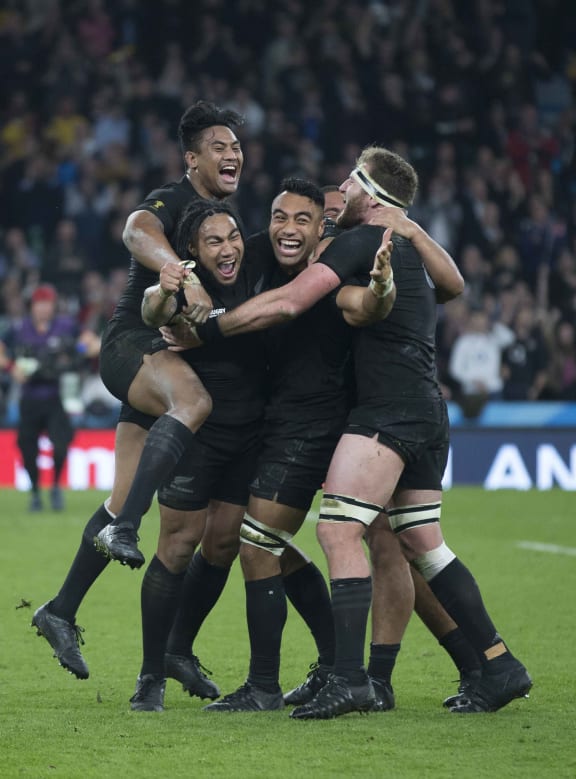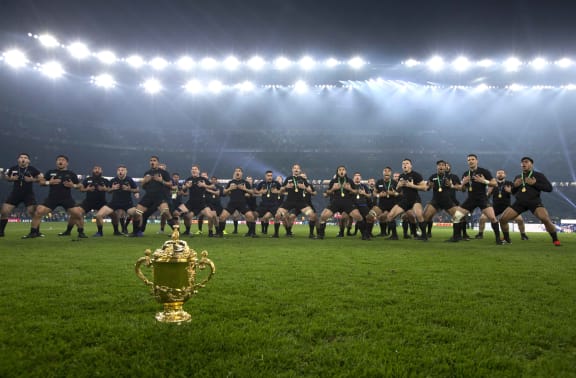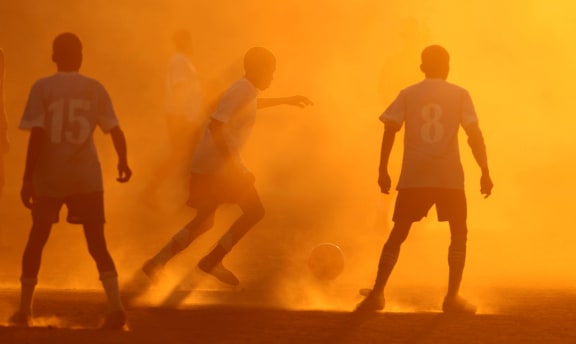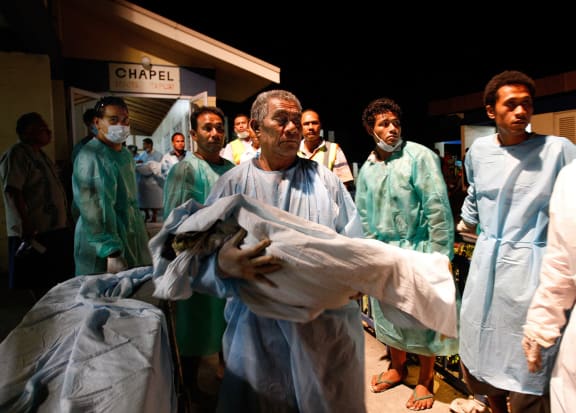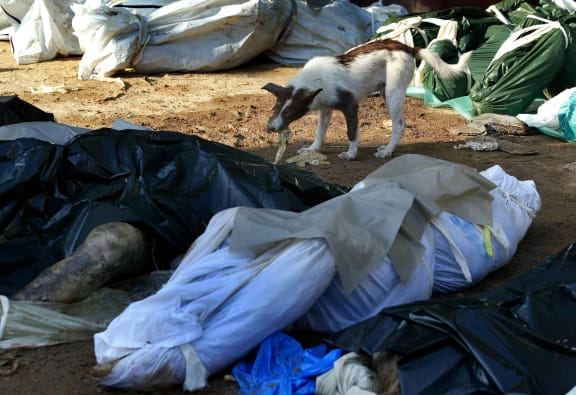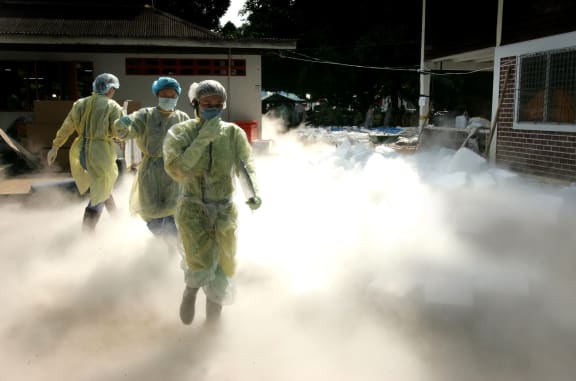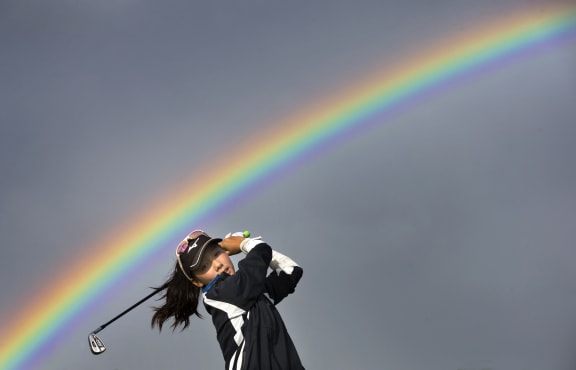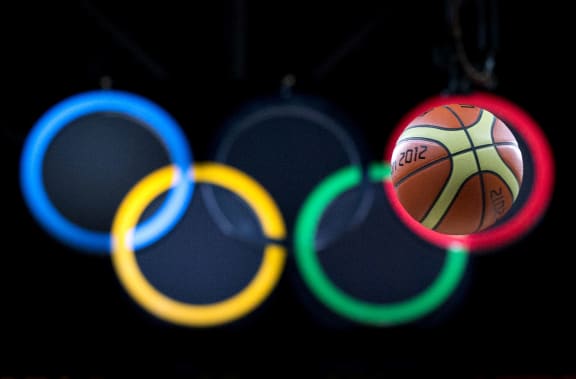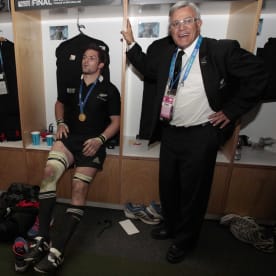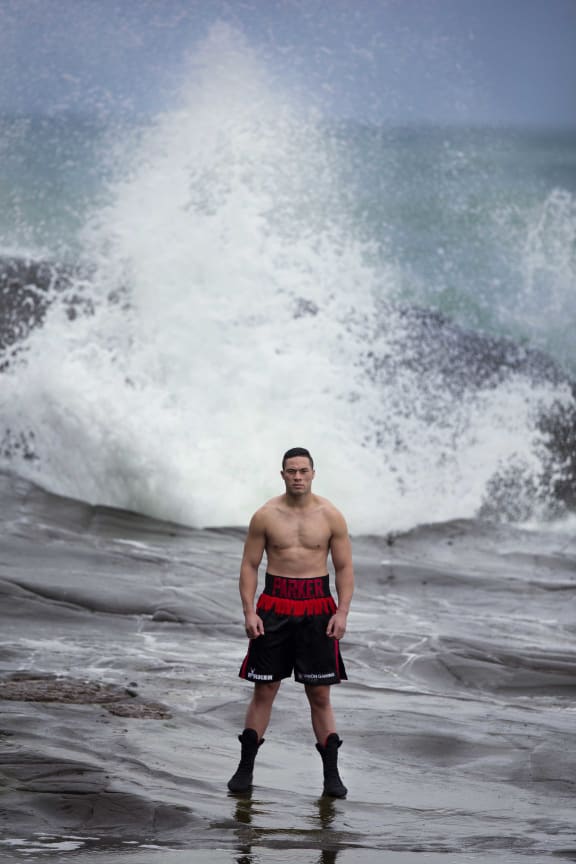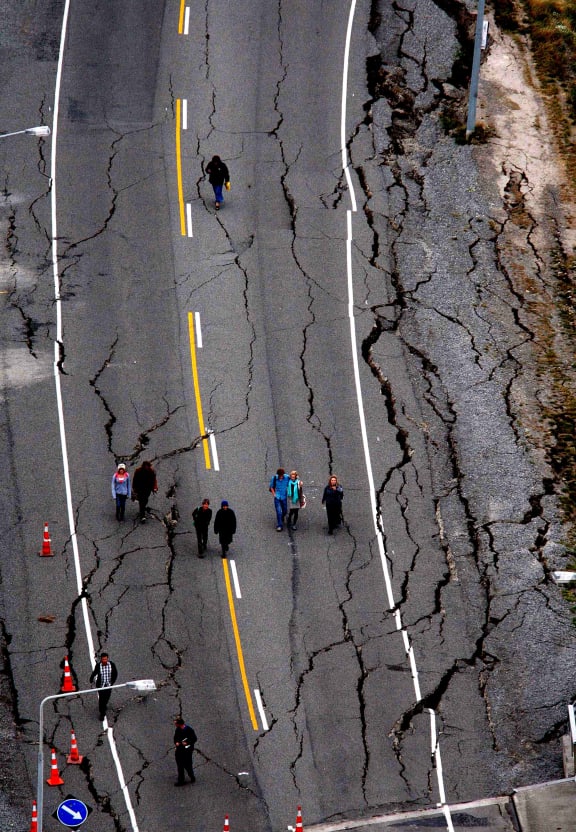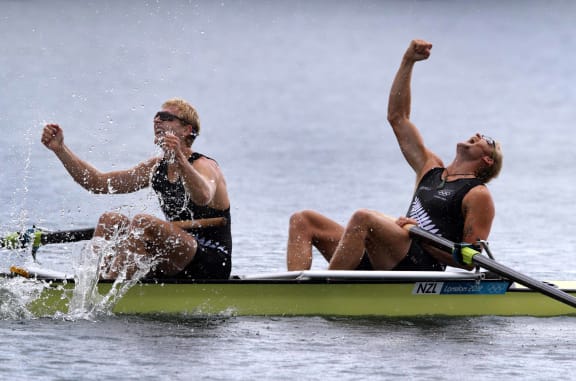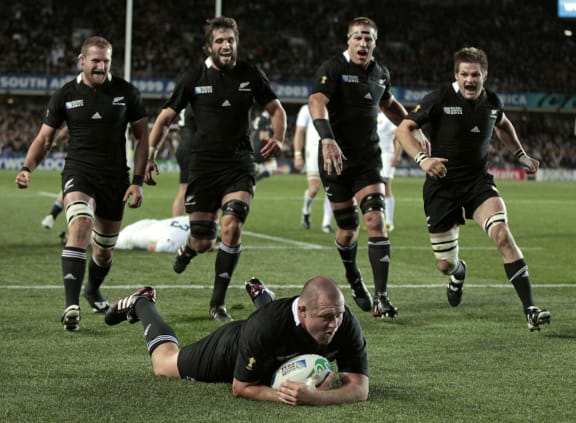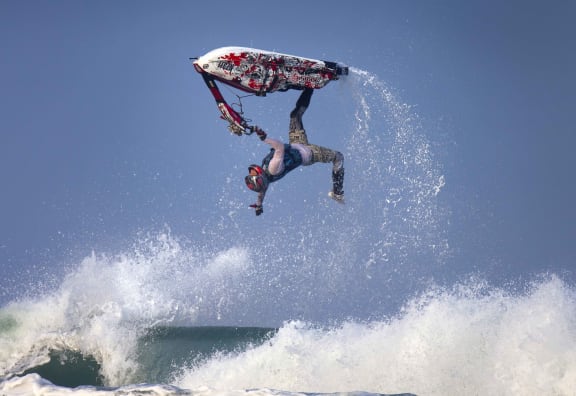When Bauer Media shut down on 1 April, it wiped out just about every documentary photography job in the country. Now concerns are being raised over how New Zealand’s visual history will be documented for future generations.
NZ Herald/Brett Phibbs
In one of the photos accompanying the cover feature from the latest New Zealand Geographic, two women sit on picnic chairs a few metres apart, drinking wine.
A little further down, an image shows a man playing a chip shot on a makeshift golf green mowed into a suburban berm. Another of the images by Brett Phibbs captures a woman sunbathing on her deck as a couple walks by below.
The photos were all taken during the alert level four lockdown. They’re a time capsule from a changed reality. Together they paint a portrait of the humanity beneath the scary headlines and upheaval of the Covid-19 crisis. They show the eccentricities and limitations of lockdown life.
It’s lucky they were published at all.
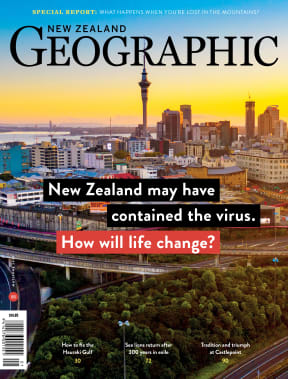
The May, 2020 issue of New Zealand Geographic Photo: Supplied
Most major New Zealand media companies have been slowly cutting their photography staff numbers and budgets for years.
In one particularly dire illustration of the problems facing the discipline, this year’s Voyager winner for photographer of the year, Alan Gibson, took voluntary redundancy from NZME between being announced as a finalist and collecting the award.
But perhaps the most significant blow to photography came when Bauer Media shut its New Zealand operations on April 1.
In the space of one all-staff Zoom call, nearly every magazine that might have carried Phibbs’ lockdown photo essay was closed with immediate effect.
As The Listener, Metro, and North & South shut down, New Zealand Geographic suddenly became the only current affairs magazine in the country.
Its editor, Rebekah White, who teamed with the New Zealand Herald to commission Phibbs’ lockdown essay, says the lack of competition facing her publication is terrible for journalism.
But she’s particularly worried about how the closures will affect documentary photography which dwells on the more everyday parts of life.
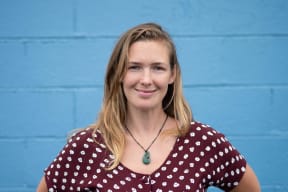
New Zealand Geographic editor Rebekah White Photo: Supplied
“News photography is generally pictures of dramatic events or famous things, whereas documentary photography shows normal people in their normal lives, and it’s beautiful and it lends a dignity to those lives. It preserves them. It shows normality. And I honestly get worried about what we’re going to have to look back on in 50 years or 100 years when we want to see how we lived, and we want to see it by professionals who dedicated themselves to portraying that,” White says.
Phibbs has a similar concern. He sees New Zealand losing its ability to tell its story to future generations, as news and magazine photography jobs disappear.
“Photographers... bread and butter is to create work that’s going to be published and get paid for that,” he says. “If there are no avenues to do that then you’re not going to go out and do it. And that’s concerning. In the years to come, when your grandchildren and their grandchildren try to look back on how we lived and documented our lives, it’s not going to be there.”
Hear Brett Phibbs in 2019 telling Mediawatch about his life in pictures here - and see a gallery of his Herald photography here: Freezing the moments that capture a nation
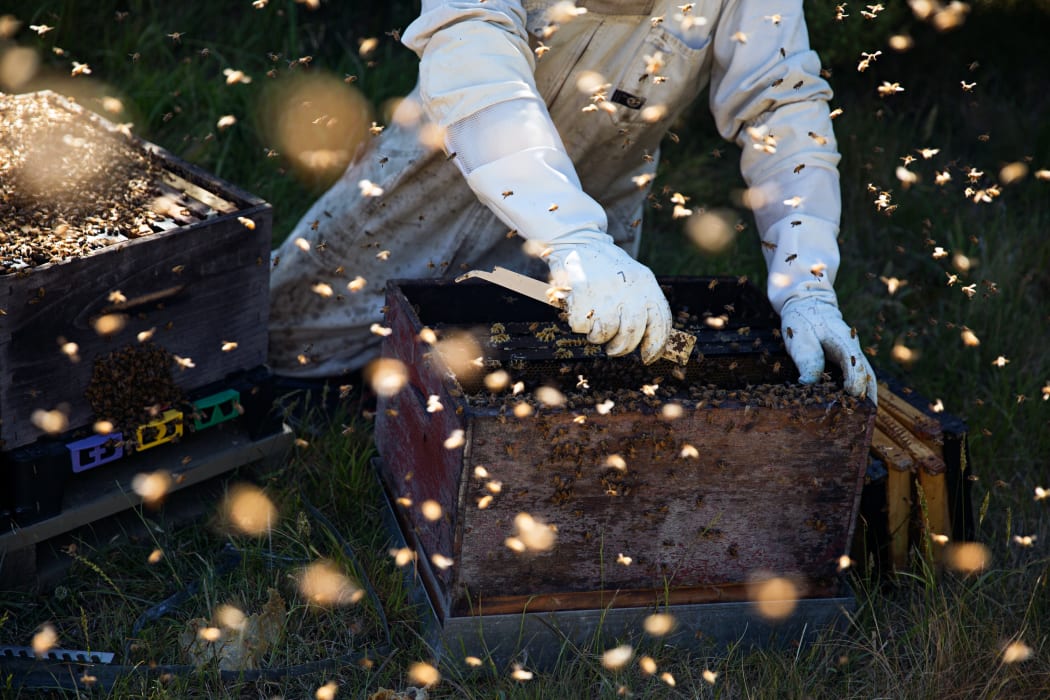
Photo: Lottie Hedley
Lottie Hedley, a photographer who’s done documentary work for NZ Geographic, says the Bauer shutdown is forcing her peers out of the media industry.
If magazines or news outlets can’t pay documentary photographers, the only people doing the work will be those who can perform it for free, she says.
“If we don't value documentary photography and we don't have a multitude of places to view those stories, what does that do to our visual history? As a Kiwi, I want to see stories that reflect the place I live. I want to learn more about my country and the diverse array of stories that exist within our islands. I want those stories to be rich and nuanced.”
Those concerns may seem a little odd in the age of smartphones, where for the first time in history, most people have a high-quality camera in their pockets.
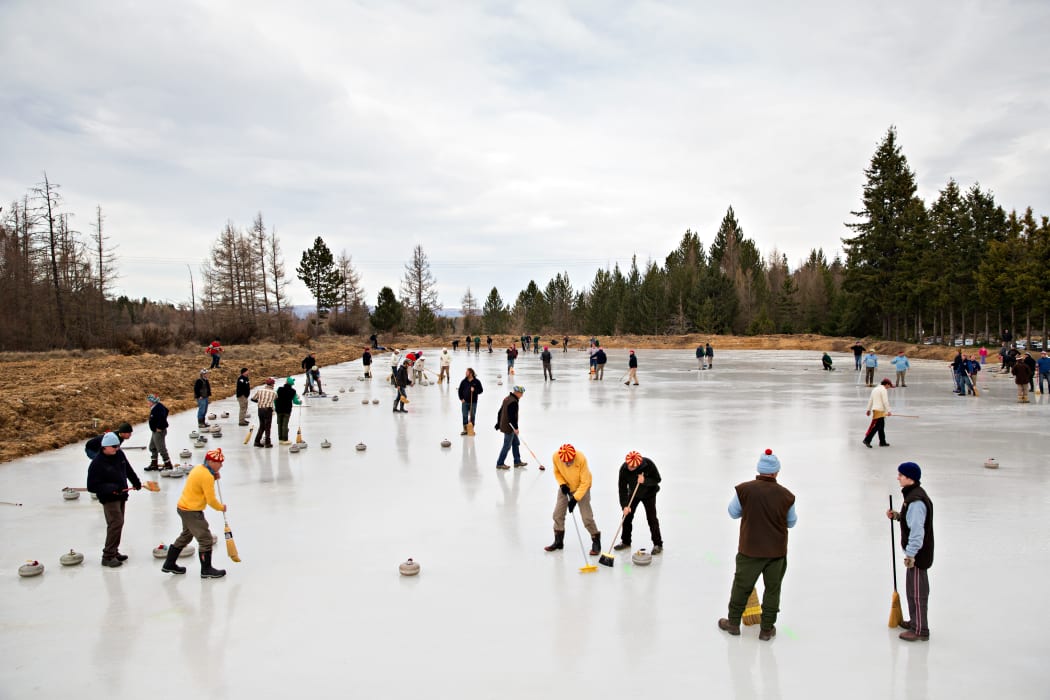
Photo: Lottie Hedley
Cornell Tukiri, a photographer who’s worked for international outlets including The New York Times, The Times of London, The Telegraph in the UK, and ESPN, says cellphone photography isn’t enough to provide a historical record.
“If you... go to a major event in New Zealand, you will see cell phone photography, a lot. This is fine as a witness, but to document, there are other vital parts to take into account before you record. Ethical decisions, framing, ensuring there is agency for your subject,” he says.
Adrian Malloch, a freelance photographer who worked extensively for Bauer, says being able to access good camera equipment doesn’t necessarily translate into good photography.
“The camera doesn’t take photographs, the photographer does. That’s going into a story, asking yourself the question: what is happening here? What matters here? What do I care about? What does my audience care about? What do the people in this photo care about?” he says.
Malloch says he lost about 70 per cent of his work when Bauer closed.
He’s now having to supplement his freelance media work with a heavier focus on commercial photography.
As magazine and news budgets shrink, that kind of directed photography could come to dominate, he says.
“There’s so much photography of people now, but it’s all curated by advertising agencies, publicists, marketing people. Whatever it is they want to tell us is everywhere for us to see. But who are we and what we care about, what matters to us, that’s what documentary photography is able to do if it’s done properly,” he says. “For the freelance photographer it’s very unlikely that we’ll have that culture of photojournalism, documentary photography. There are some amazing photographers doing great work in newspapers, but they’re under huge pressure.”
He and others agree more government support for the sector could help.
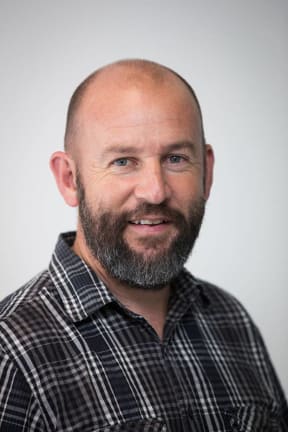
Photographer Brett Phibbs Photo: NZ Herald
Documentary photography hasn’t been a regular recipient of Creative New Zealand funding, though photographers are eligible for assistance and events, such as the ongoing Auckland Festival of Photography have received grants.
Part of the issue may be that to qualify for funding, photographers have to prove their work will directly benefit New Zealand arts, artists or practitioners. White says in the past that’s been a handbrake on applications from Kōwhai Media, which publishes New Zealand Geographic.
Phibbs says documentary photography should receive more support in light of the lack of opportunities in the commercial media sector.
“I think documentary photography, social documentation of New Zealand’s history is really important. You don’t just have to be an artist as a photographer. What is art? It’s all subjective. The art of living is worth a grant, it’s worth being supported.”
Tukiri would rather see commercial media change its funding model, so it’s better able to support a vibrant photography sector.
He wants to see the government direct its funding into training new photographers, particularly people of colour who are under-represented in the sector.
“Where are the writers and photographers of colour who are regularly shooting for any current publications, be they newspapers or magazines? Where are their stories of their communities? If you look at the finalists in the photography section of the Voyager's this year, how many people of colour were there?” he says.
One point is unanimous: change is needed for documentary photography to survive.
Of all the losses journalism has suffered in recent months – hundreds of jobs gone, publications discontinued – that might just be the one that hurts most in decades to come.
“I’ve always had a belief that you have to enter the publication and the story via the photograph,” Phibbs says.
“You’re taken in by a stunning photograph, a well learned shot, composition, lighting, that’s not just pushing the button on an iPhone, that’s where the art of photojournalism lies. You’re kind of news gatherers in your own right. We’re kind of missing that. We’re missing the point.”

